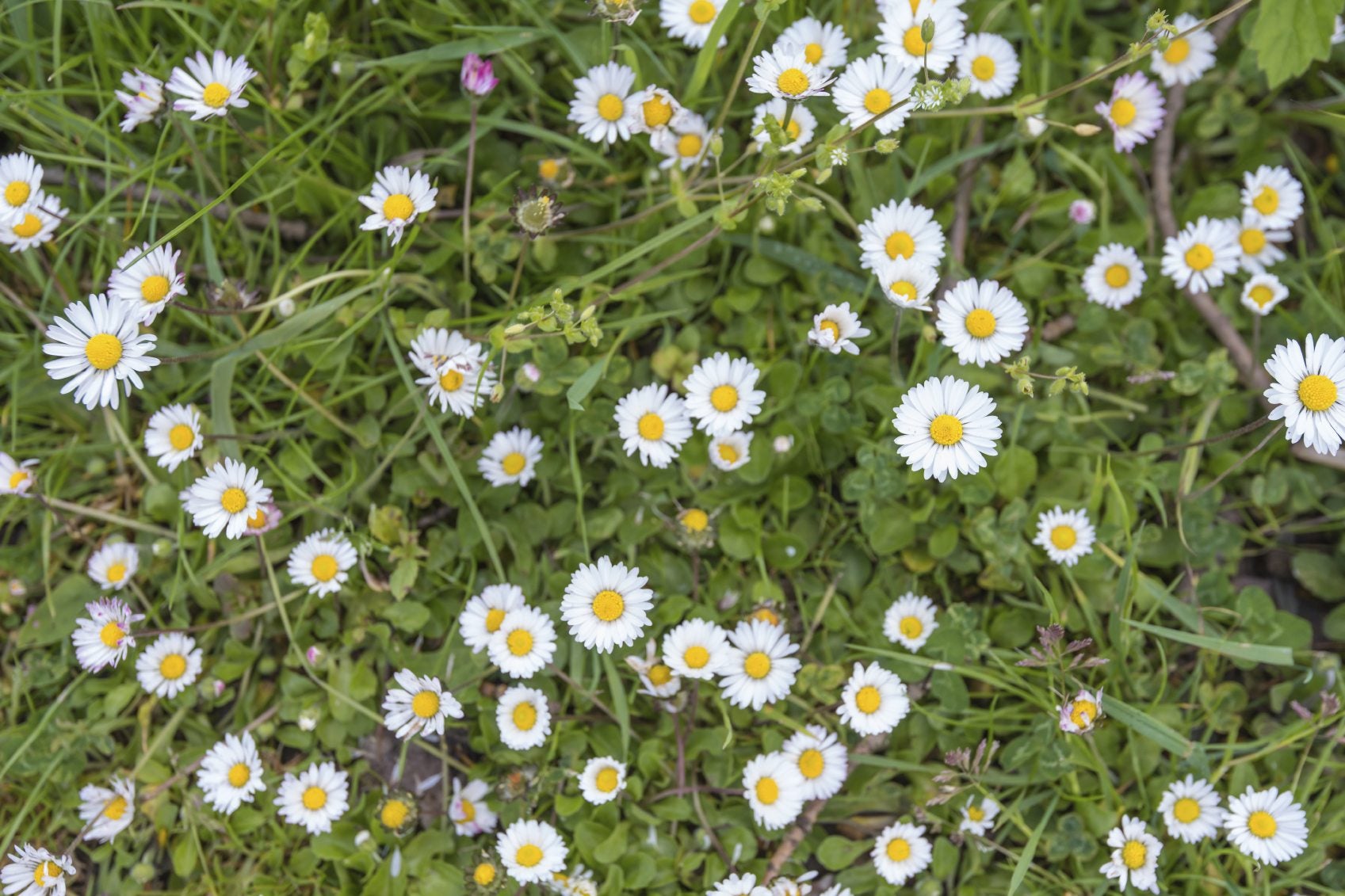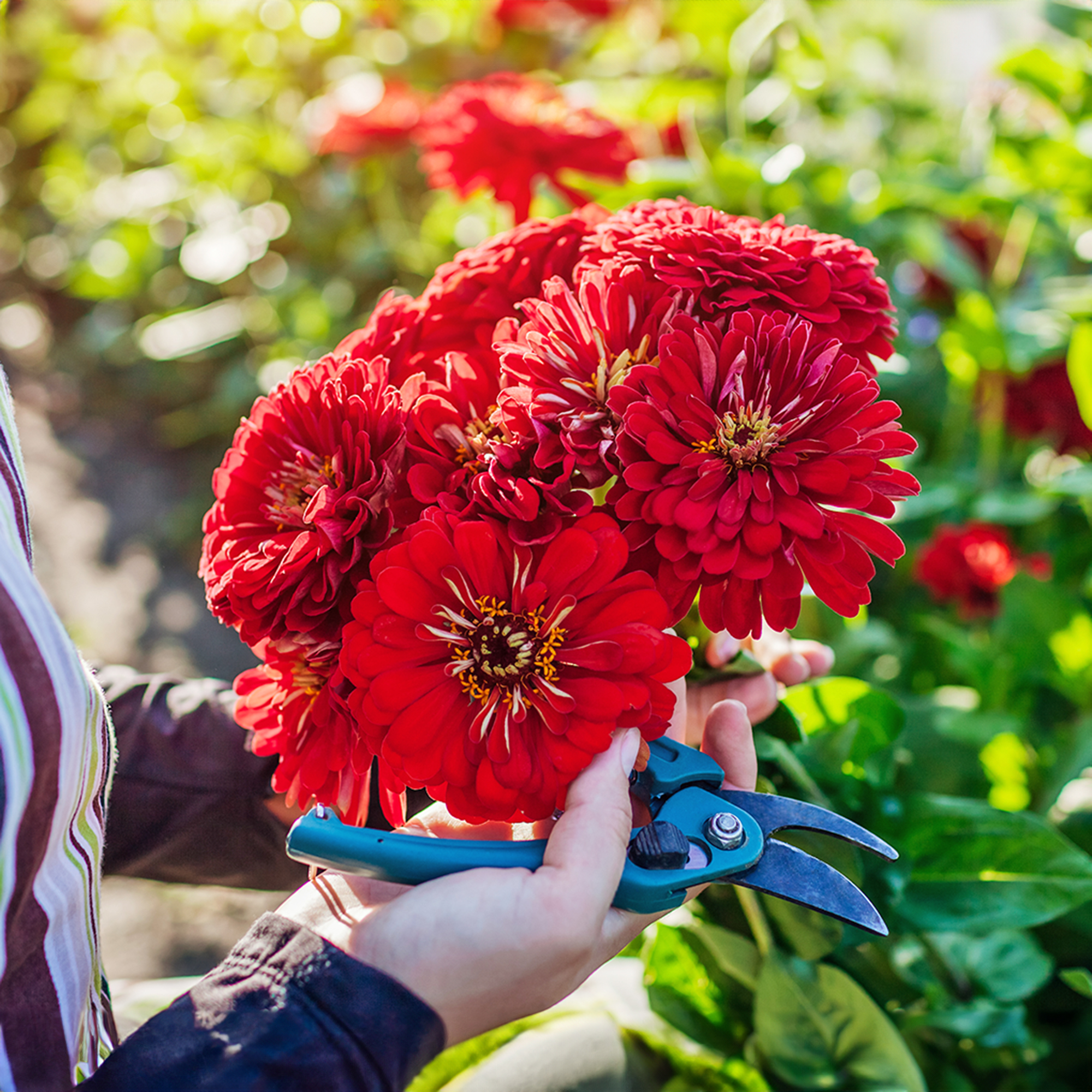Bellis Daisy Lawn Alternative: Using English Daisies For Lawns


Traditionally, English daisy (Bellis perennis) has been considered an enemy of neat, carefully manicured lawns. These days, ideas about the function of lawns are changing and homeowners are realizing the many benefits of using English daisies for lawns. English daisy groundcovers are easy to grow, environmentally friendly, and don’t require the extensive investment of money and time required by a traditional turf lawn. In fact, this lovely lawn alternative has become a staple ingredient in many flowering lawn seed mixes. Read on to learn more about Bellis daisy grass alternatives.
Using English Daisies for Lawns
Consisting of small daisies that twinkle against deep green foliage, English daisies are available in a variety of colors, and in both single and double forms. However, familiar white English daisies with contrasting yellow centers tend to be sturdier and are usually used in lawns. English daisy is suitable for growing in USDA plant hardiness zones 4 through 8. If you live south of zone 8, you may need a more heat-tolerant lawn alternative. Bellis perennis tolerates cold winters, but it struggles in hot, dry summers.
Growing a Bellis Lawn
English daisy is easy to plant from seed. You can purchase a commercial seed mix manufactured specifically for use as a lawn alternative, or you can mix English daisy seeds with lawn seed. You can also combine English daisy seeds with other flowering lawn alternatives. English daisy grows in nearly any type of well-drained soil and tolerates either full sunlight or partial shade. Plant seeds on well-prepared soil in late fall or early spring, then cover the seeds with about 1/8 inch (3 mm.) of soil. Water the area lightly, using a spray nozzle to prevent washing out the seeds. Thereafter, watch the planted area carefully and water lightly whenever the soil appears slightly dry. This may mean watering daily until the plant germinates, which usually takes a couple of weeks. You may not see many blooms until the second year.
Caring for Bellis Lawns
Once established, growing a Bellis lawn is basically trouble free. Continue to water regularly during dry weather – usually about once every week. Once the plants mature, they are more drought tolerant and an occasional watering should be sufficient. Add a light application of fertilizer every spring. (You don’t need to fertilize at planting time.) Cut the grass whenever it gets too tall. Set the mower to a fairly high level, and leave the clippings on the lawn to provide nutrients to the soil.
Gardening tips, videos, info and more delivered right to your inbox!
Sign up for the Gardening Know How newsletter today and receive a free copy of our e-book "How to Grow Delicious Tomatoes".

A Credentialed Garden Writer, Mary H. Dyer was with Gardening Know How in the very beginning, publishing articles as early as 2007.
-
 Zinnias On Repeat: 10 Glorious Cut-And-Come-Again Varieties For Endless Summer Bouquets
Zinnias On Repeat: 10 Glorious Cut-And-Come-Again Varieties For Endless Summer BouquetsThese zinnia varieties keep giving all summer, making them the perfect choice for dedicated cutting gardens – or just the occasional homegrown bouquet.
By Ellen Wells
-
 Create A Romantic Garden Straight Out Of Bridgerton: Regency Era Romance In Your Garden
Create A Romantic Garden Straight Out Of Bridgerton: Regency Era Romance In Your GardenTry some romantic garden ideas straight out of Bridgerton. Flowers and gardens in the Regency era were lush and charming and you can get the same look!
By Bonnie L. Grant